Disclosure: This article contains affiliate links. We may earn a commission from purchases at no extra cost to you, which helps our travel content.
Standing at the edge of Fez's ancient medina as the call to prayer echoed across terracotta rooftops, I felt that familiar tingle of discovery—the same sensation I've experienced in financial markets when spotting an undervalued asset before others recognize its worth. After 20 years analyzing investment portfolios, I've learned to identify hidden value, whether in stocks or travel experiences. Fez represents the ultimate high-yield cultural investment: a 1,200-year-old living museum where medieval authenticity hasn't been diluted by mass tourism. During my recent spring sabbatical, I spent a week navigating this UNESCO World Heritage site with its 9,000+ alleyways, seeking balance between my Tlingit ancestors' reverence for cultural preservation and my analyst's appreciation for historical continuity. What I discovered was a masterclass in sustainable cultural economics—a city that has preserved its heritage while adapting to changing times, offering couples an immersive journey through Morocco's spiritual and artistic heart.
Navigating the Labyrinth: Fez's Medina Decoded
The medina of Fez el-Bali isn't merely a destination—it's a complex ecosystem that rewards strategic exploration. As someone who maps financial trends for a living, I approached this medieval maze with both analytical precision and cultural reverence.
On my first morning, I hired Mohammed, a certified local guide (approximately 400 dirhams for a half-day), an investment that paid immediate dividends. While independent exploration has its merits, a knowledgeable guide provides crucial historical context while preventing the frustration of getting hopelessly lost—a near certainty in the world's largest car-free urban area.
Mohammed explained how the medina operates as a series of specialized quarters, each with distinct commercial and cultural functions—not unlike how diversified market sectors function in a balanced portfolio. We began at Bab Boujloud (the Blue Gate) and moved systematically through the leather quarter, copper district, and textile sections, each revealing specialized craftsmanship passed through generations.
The sensory data was overwhelming—spice pyramids in technicolor displays, artisans hammering copper in rhythmic percussion, the pungent aroma from the tanneries. I tracked our route using my offline navigation app, dropping pins at potential return destinations while Mohammed explained historical significance beyond what guidebooks cover.
By afternoon, I understood that the medina isn't chaotic but precisely organized around economic and social principles that have sustained it for centuries. This perspective transformed my experience from tourist observation to meaningful cultural engagement.

💡 Pro Tips
- Hire a certified guide for your first day—the orientation is worth the investment
- Visit the medina early (8-10am) when crowds are thinner and shopkeepers less aggressive
- Drop pins on offline maps to mark spots you want to revisit independently
Cultural Immersion: Beyond Surface-Level Tourism
My Tlingit heritage has taught me that authentic cultural experiences require patience and respectful engagement—qualities often at odds with modern tourism's efficiency-driven approach. In Fez, I deliberately slowed my typical pace, allowing the city to reveal itself organically.
I booked a traditional riad within the medina walls rather than a modern hotel in Ville Nouvelle. My choice, Riad Laaroussa, occupied a restored 17th-century palace with a central courtyard where breakfast was served beneath orange trees. The initial premium (approximately 1200-1500 dirhams nightly) yielded exponential returns in authentic experience and proprietor insights unavailable to those staying outside the medina.
Each morning began with mint tea on the rooftop terrace, watching the medina awaken—a meditation practice that centered me before each day's exploration. By evening, this same terrace offered spectacular sunset views over ancient minarets while the call to prayer created a moving soundscape.
To truly understand Fez's cultural heartbeat, I enrolled in a half-day cooking class at Café Clock, where Chef Souad taught traditional Fassi cuisine. We shopped for ingredients in the market, negotiating prices alongside locals, before preparing a feast including pastilla (savory-sweet pastry) and tagine. The experience provided a window into domestic traditions rarely glimpsed by casual visitors.
For couples seeking deeper connection, I recommend booking a private hammam experience at Heritage Spa. This traditional bathing ritual—where you're scrubbed with black soap using a kessa glove before being covered in rhassoul clay—offers both cultural insight and shared relaxation. My analysis: the vulnerability of this experience creates unique bonding opportunities for couples while providing authentic wellness practices dating back centuries.
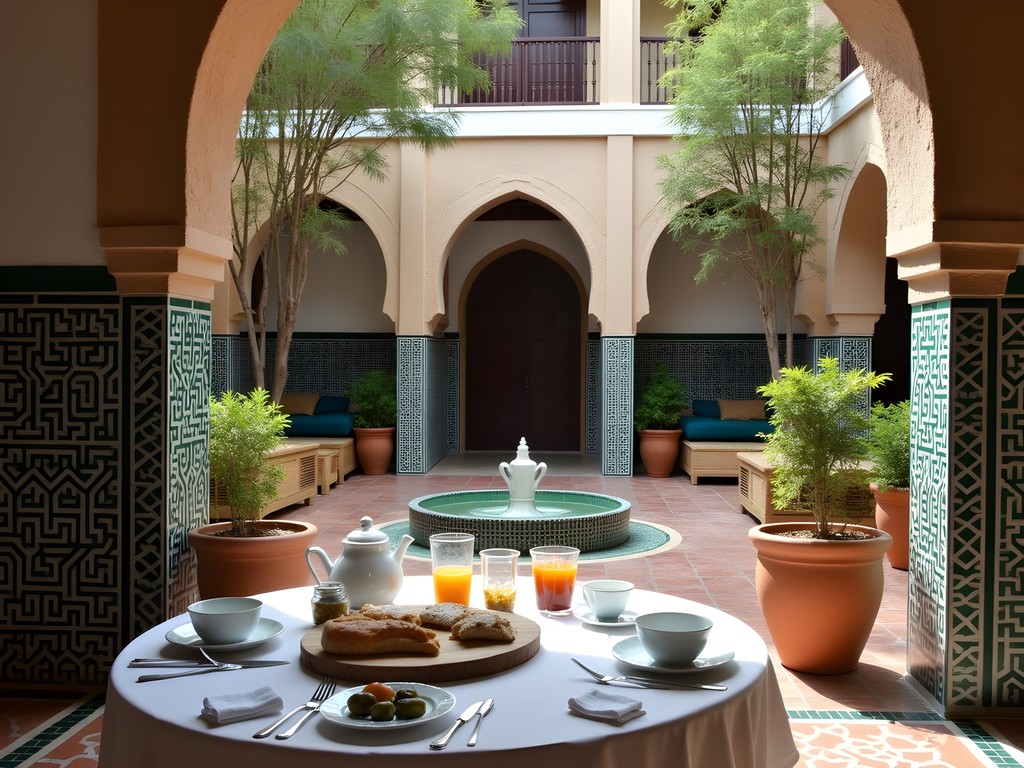
💡 Pro Tips
- Stay within the medina walls for authentic immersion—the inconvenience is outweighed by the experience
- Book a cooking class early in your trip to understand food culture and gain market-navigation confidence
- Visit a traditional hammam at least once—it's both cultural education and exceptional self-care
Intellectual Treasures: Universities, Madrasas, and Libraries
As someone who values knowledge as both cultural currency and personal wealth, Fez's intellectual heritage particularly resonated with me. The city houses Al-Qarawiyyin, founded in 859 CE and recognized by UNESCO as the world's oldest continuously operating university—a reminder that long-term investments in education yield dividends across civilizations.
The university's library contains approximately 4,000 rare manuscripts, including a 9th-century Quran written on camel skin and original works by Ibn Khaldun, the father of modern sociology. While the library's reading room remains restricted to researchers, visitors can tour the recently restored public sections—I recommend arriving when they open at 9am to experience the space before tour groups arrive.
Equally impressive is the 14th-century Bou Inania Madrasa, a theological college showcasing the zenith of Marinid architecture. Unlike many religious sites in Morocco, non-Muslims can enter this space, allowing intimate observation of its cedar woodcarvings, intricate stuccowork, and zellij tile mosaics. Standing in the central courtyard, I was struck by how the space balances mathematical precision with artistic expression—a harmony that reminded me of well-structured financial models that still leave room for creative interpretation.
For couples with literary interests, I suggest visiting the Chouara Tannery early, then spending late morning at Al-Attarine Madrasa near the perfume and spice market. Bring a journal to capture reflections—I found the contemplative atmosphere particularly conducive to meaningful conversations about cultural preservation and evolution.
To prepare for these intellectual explorations, I highly recommend reading a quality cultural guide before your trip. The historical context will transform what might otherwise be merely aesthetic appreciation into deeper understanding of Fez's contribution to global knowledge systems.

💡 Pro Tips
- Visit Al-Qarawiyyin early morning when the light through stained glass windows is most dramatic
- Bring binoculars to appreciate ceiling details in madrasas without straining your neck
- Research specific manuscripts or scholarly works connected to Fez before visiting to appreciate its intellectual legacy
Artisanal Economics: Craftsmanship as Cultural Currency
My finance background has taught me to recognize sustainable economic systems—and Fez's artisanal economy represents a remarkable case study in cultural preservation through commercial continuity. Unlike many historic cities where traditional crafts survive only as tourist demonstrations, Fez maintains working guilds producing functional art through methods unchanged for centuries.
The medina operates as an integrated production network where raw materials move through specialized workshops before emerging as finished goods. This vertical integration creates resilience while maintaining quality standards—a business model that modern corporations might envy.
To experience this system firsthand, I visited the Chouara Tannery during my third day. From the leather shop terraces, I watched tanners knee-deep in stone vats, processing hides using techniques established in the 11th century. The scene was simultaneously medieval and timeless—men performing choreographed labor amid natural dyes derived from poppies, indigo, saffron, and minerals.
For photography enthusiasts, I recommend bringing a zoom lens to capture detailed shots from the viewing terraces without disturbing workers. The morning light between 9-11am provides optimal conditions for photographing the colorful dye pits while minimizing the infamous tannery odor (strongest during afternoon heat).
Beyond leatherwork, I spent an afternoon in the Seffarine Square watching copper artisans hammer raw metal into intricate lanterns, trays, and cookware. The rhythmic percussion created a meditative soundtrack as I observed masters training apprentices—a living demonstration of knowledge transfer that has sustained these traditions across generations.
For couples collecting meaningful souvenirs, I recommend purchasing directly from workshops rather than souk resellers. Not only will you find better quality and pricing, but you'll also support the artisans preserving these traditions. My analytical approach to souvenir shopping: identify items incorporating skills unique to Fez (such as blue pottery or specific leather techniques) rather than generic Moroccan crafts available throughout the country.

💡 Pro Tips
- Visit workshops mid-week when production is in full swing rather than Fridays when many close early for prayers
- Accept mint tea when offered in shops—it's a hospitality ritual that creates space for meaningful cultural exchange, not just a sales tactic
- Carry small denominations for direct purchases from craftspeople who may not have change for large bills
Nightlife & Evening Rituals: Fez After Dark
Fez reveals a different personality after sunset—one that balances spiritual reflection with subtle sensory pleasures. Unlike Marrakech's boisterous evening scene, Fez offers a more contemplative nightlife that particularly appeals to couples seeking intimate connection rather than energetic entertainment.
Each evening during my stay, I developed a ritual of watching sunset from Borj Nord, a 16th-century fortress housing an arms museum. The 20-minute uphill walk from Bab Boujeloud rewards visitors with panoramic views across the entire medina—an analytical perspective that helps make sense of the labyrinth you've been exploring. The golden hour transforms the city's clay buildings into a warm terracotta canvas punctuated by minarets and satellite dishes—ancient and modern coexisting in visual harmony.
For couples seeking evening ambiance, I recommend dinner at Palais Amani's rooftop restaurant, where traditional Moroccan cuisine meets contemporary presentation. Their five-course tasting menu (approximately 550 dirhams) offers excellent value for the quality and setting. Request a corner table for optimal privacy and medina views.
After dinner, the medina's main thoroughfares maintain a gentle bustle until about 10pm, with families promenading and select shops remaining open. This evening paseo culture provides a window into local social rhythms rarely captured in travel guides.
For a truly special experience, arrange a private evening food tour with culinary guide to discover hidden evening-only food vendors serving specialties like bessara (fava bean soup) and sfenj (Moroccan doughnuts). My guide, Fatima, introduced me to a tiny stall near Rcif Square serving harira soup that had maintained the same recipe since 1937—a culinary time capsule worth seeking out.
While alcohol is limited in the medina due to religious observance, several riads offer discreet rooftop service for guests. I found evening mint tea ceremonies—particularly when enhanced with local honey and pine nuts—provided a more authentic nightcap than imported wines. The ritual of pouring tea from height to create a frothy surface became a meditative evening practice I've continued at home in Winston-Salem.
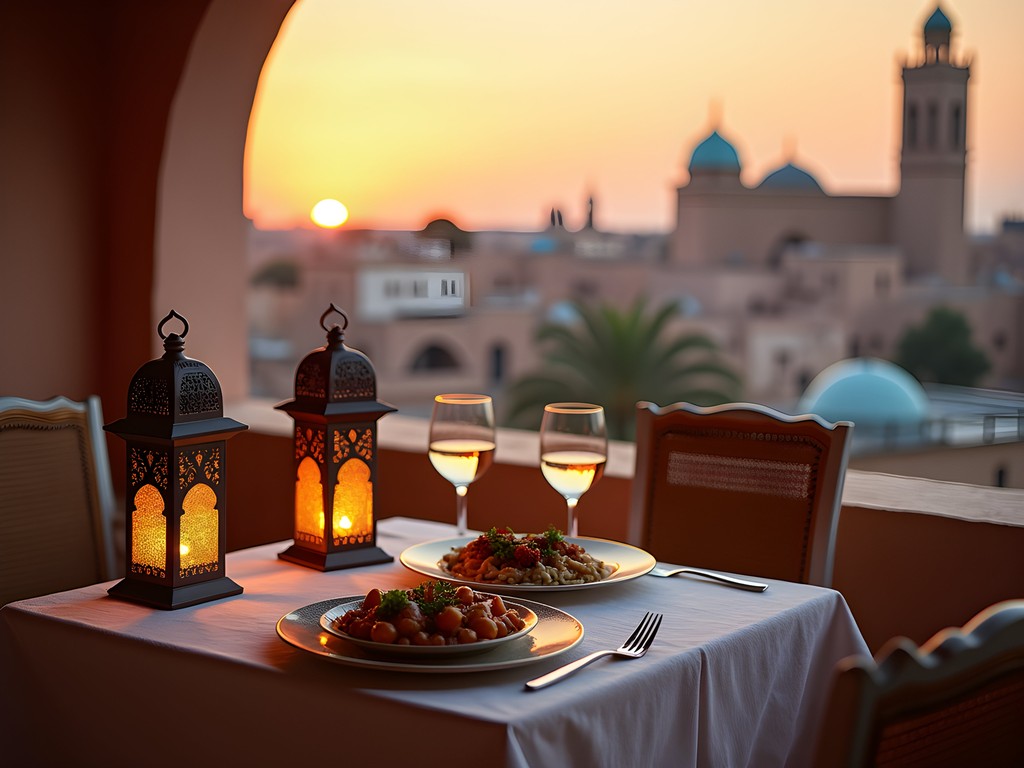
💡 Pro Tips
- Schedule your Borj Nord sunset visit on day one to gain orientation perspective for the rest of your explorations
- Book dinner reservations at premium riads 1-2 days in advance during high season
- Carry a small flashlight for navigating dimly lit medina alleys after dinner—smartphone lights attract unwanted attention
Final Thoughts
As I departed Fez after my week of immersion, I recognized that the city had offered something increasingly rare in our globalized world—authentic cultural continuity. For couples seeking connection both with each other and with living history, Fez represents an unparalleled investment opportunity—not in financial terms, but in experiential wealth that appreciates with time. The memories and insights gained here continue yielding returns long after you've returned home. Like any worthwhile investment, Fez requires patience and strategic planning, but rewards those willing to look beyond surface attractions. Whether you're drawn to intellectual history, artisanal craftsmanship, or sensory experiences, this ancient city offers dividends in the form of shared discoveries and meaningful moments. I invite you to allocate assets from your travel portfolio to this remarkable destination—the returns will enrich your relationship in ways no balance sheet can measure.
✨ Key Takeaways
- Stay within the medina walls for authentic immersion, ideally at a traditional riad
- Balance guided experiences with independent exploration to discover both historical context and personal connections
- Invest time in understanding Fez's intellectual and artistic contributions rather than treating it as merely a shopping destination
- Embrace slower travel rhythms that align with the city's medieval pace and cultural patterns
📋 Practical Information
Best Time to Visit
Spring (March-May) or Fall (September-November)
Budget Estimate
$100-150 per day per person (mid-range)
Recommended Duration
5-7 days
Difficulty Level
Beginner

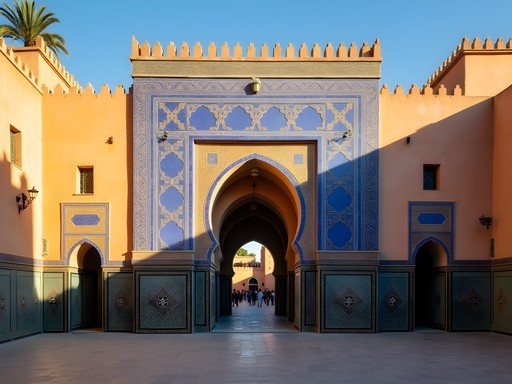
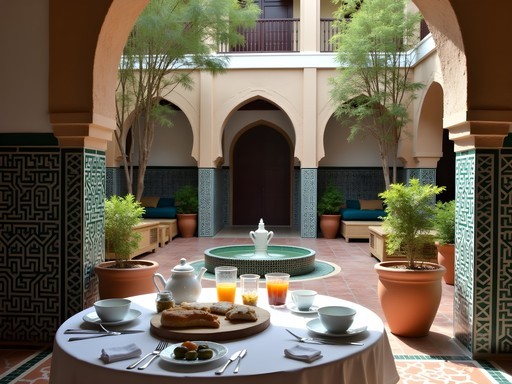

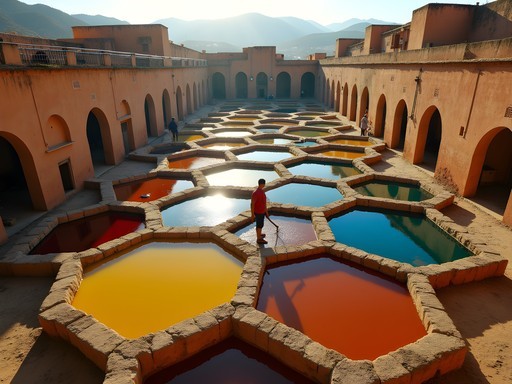
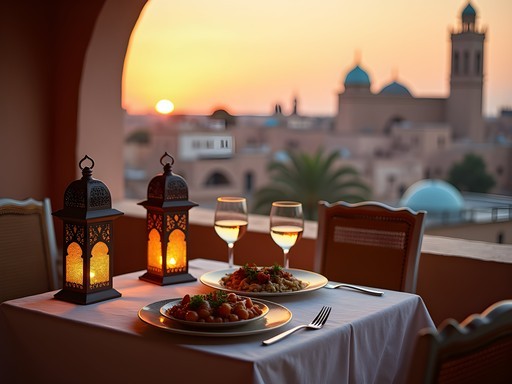


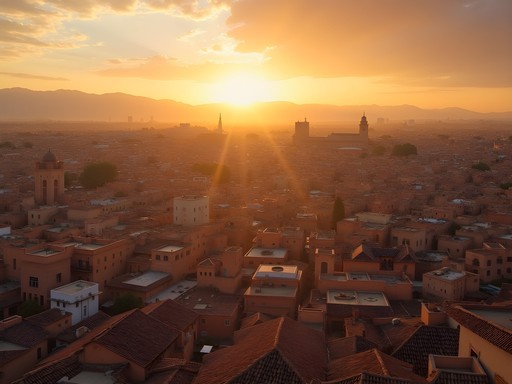
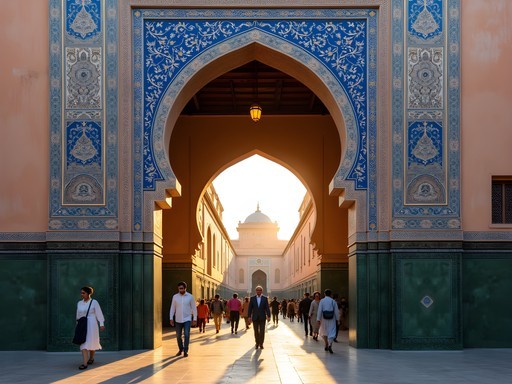
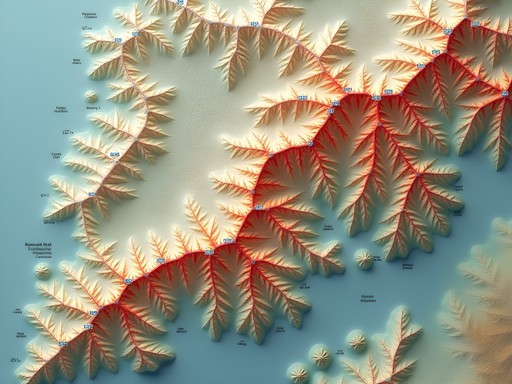





Comments
adventurelife
Those photos of the tanneries are incredible! Did the smell bother you? Everyone keeps telling me it's unbearable but worth seeing.
moontime910
Not Riley but YES the smell is strong! They give you mint sprigs to hold under your nose which helps a bit. Totally worth it though!
adventurelife
Thanks for the tip! Will prepare my nose accordingly 😂
Taylor Moreau
Excellent analysis of Fez, Riley. As someone who travels there frequently for business, I appreciate how you've captured both the historical significance and contemporary challenges of the city. Your observation about the medina's economy functioning as a microcosm of traditional market forces is spot on. One thing I'd add for readers: the restoration efforts in Fez are fascinating from an economic perspective - traditional craftsmanship is being preserved not just as cultural heritage but as viable employment. The Medina Conservation Foundation offers tours of restoration projects that show the economic impact of heritage preservation. Might make an interesting follow-up piece for your financial-minded audience.
vacationnomad
I'm heading to Morocco in November and Fez is high on my list after reading this! Really appreciated your section on "Cultural Immersion: Beyond Surface-Level Tourism" - any specific riads you'd recommend staying at in the medina? I want that authentic experience you described but with a decent bathroom lol. Also, did you use a guide for the medina or brave it solo?
adventurelife
Not the author but I stayed at Riad Laaroussa last year and it was amazing - right in the medina with a gorgeous rooftop view. Definitely get the Fez pocket guide - it has fold-out maps of the medina that saved me multiple times!
moonqueen
Beautiful post! How many days would you recommend staying in Fez? Is it enough as a day trip from Marrakech?
Taylor Moreau
Not Riley, but I can tell you that Fez deserves at least 2-3 full days. It's not feasible as a day trip from Marrakech - they're about 7 hours apart by car. They're completely different cities with unique cultural identities. If you're short on time, consider flying between them to maximize your experience in both.
moonqueen
Thanks for the advice! Will definitely plan for more time then.
moontime910
This post brought back so many memories! I visited Fez last year and was completely overwhelmed by the medina at first. Hired a guide on day one which was absolutely necessary - those 9,000 streets are no joke! Riley, your section on the artisanal economics really resonated with me. I spent hours watching the leather tanners and ceramic artisans. Did you get to see the brass workers too? Their hammering creates this hypnotic rhythm throughout certain quarters. The intellectual history of Fez is something I wish I'd researched more before visiting - your insights about Al-Qarawiyyin University added context I completely missed!
adventurelife
Did you find the medina safe to explore alone after the first day with a guide? Thinking of going solo next spring.
moontime910
Mostly yes! I felt comfortable during daylight hours after I learned the main routes. Just keep Google Maps handy (download offline maps) and be prepared for locals offering to 'help' you find your way (for a fee). Women traveling solo should dress modestly.
MoroccanExplorer
For anyone visiting Fez, I recommend the early morning hours (6-8am) for photography in the medina - fewer crowds and beautiful light filtering through the covered passages. The shopkeepers setting up creates a magical atmosphere.
PhotoEnthusiast
Great tip! Did you feel safe walking around that early with camera gear?
MoroccanExplorer
Absolutely! Actually felt safer than midday when it's crowded. Just be respectful about photographing locals and always ask permission first.
GlobeTrekker55
That opening shot of the terracotta rooftops is stunning! Captures the essence of Fez perfectly.
escapeblogger
Those rooftop photos are stunning! Makes me want to book a flight right now.
Riley Miller
Thanks! The golden hour light in Fez is a photographer's dream. Worth the climb up all those narrow stairs!
TravelingTeacher
Going to Fez next month! How many days would you recommend to properly explore the medina?
dreamzone
Not the author but I'd say minimum 3 days just for the medina. It's massive!
TravelingTeacher
Thanks! Planning to stay 5 days total so that sounds perfect.
Riley Griffin
Your comparison of the medina to financial markets made me laugh - so true about the negotiation skills! We took our kids (14 and 16) to Fez last year and they were completely mesmerized by the craftsmen. The highlight was a pottery workshop where they got to try their hand at the wheel. I found having a pocket guidebook invaluable for those moments when our phone batteries were dying from taking too many photos! Did you make it to the tanneries early morning? We found that's when the colors were most vibrant and the smell slightly less overwhelming. The kids still talk about watching the dyers up to their knees in those giant vats of color.
Venture X
Premium card with 2X miles, $300 travel credit, Priority Pass